Table of Contents
- What Is Lacto Fermentation and Why It's Perfect for Spices
- Lacto Fermentation Basics: Simple Explanation for Beginners
- How Lacto Fermentation Actually Works (Without the Jargon)
- 3 Proven Benefits of Fermenting Your Spices
- 7 Foolproof Tips for Successful Spice Fermentation at Home
- Most Common Lacto Fermentation Mistakes and Fixes
- Easy Lacto Fermentation Recipes Anyone Can Make
- Get Started Today: Your First Fermented Spice Blend
- Frequently Asked Questions
What Is Lacto Fermentation and Why It's Perfect for Spices
Lacto fermentation is a natural preservation method where salt and beneficial bacteria transform fresh spices into complex, shelf-stable flavor powerhouses. Unlike vinegar-based pickling, it creates living probiotic-rich spice blends that develop deeper flavors over time. This beginner-friendly process requires no special equipment - just salt, water, and basic kitchen containers.

If you've ever wondered why fermented hot sauces taste better than vinegar-based ones or how to make spices that actually improve with age, lacto fermentation solves both problems. This guide explains exactly how to ferment spices safely at home with step-by-step instructions anyone can follow, plus troubleshooting tips for common issues like mold or failed ferments.
Lacto Fermentation Basics: Simple Explanation for Beginners
Lacto fermentation uses natural bacteria found on fresh vegetables to preserve food. When you submerge spices in a saltwater brine, good bacteria called Lactobacillus consume natural sugars and produce lactic acid. This acid preserves your spices while creating tangy, complex flavors vinegar can't match.
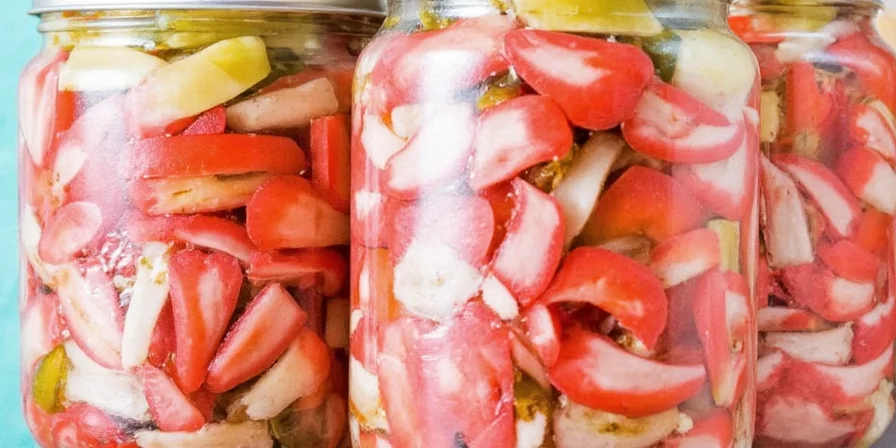
The process works with any fresh chili peppers, garlic, ginger, or aromatic spices. You don't need starters or special cultures - the bacteria are already present on your ingredients. A simple 3-4% salt solution (30-40g salt per liter of water) creates perfect conditions for good bacteria to thrive while preventing spoilage.
How Lacto Fermentation Actually Works (Without the Jargon)
During fermentation, bacteria transform your spices through three key processes:
- Natural preservation: Lactic acid lowers pH to safe levels (below 4.6), preventing harmful bacteria
- Flavor development: Bacteria break down compounds creating new aromatic molecules
- Heat modification: Capsaicin in chilies transforms into smoother, more complex heat
| Bacteria Type | What It Does for Your Spices | Best Temperature Range |
|---|---|---|
| Lactobacillus plantarum | Creates tangy flavor, preserves longest | 70-90°F (21-32°C) |
| Pediococcus acidilactici | Produces clean sour notes | 75-95°F (24-35°C) |
| Leuconostoc mesenteroides | Starts fermentation, creates bubbles | 60-75°F (15-24°C) |
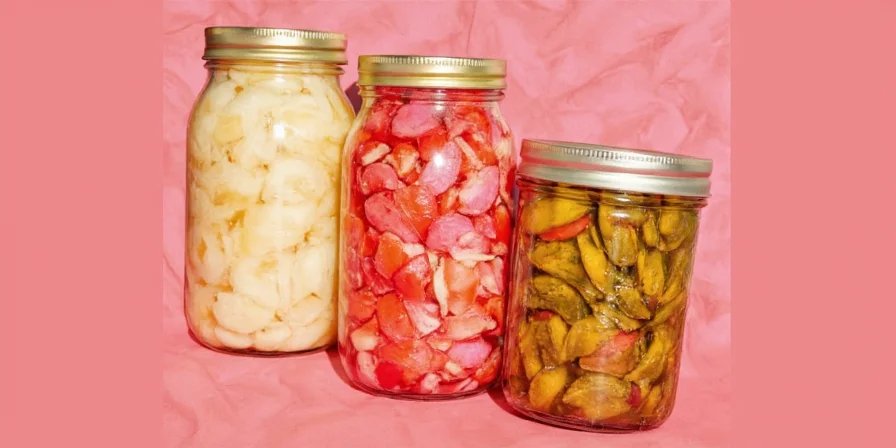
Unlike vinegar pickling which stops at one flavor profile, lacto fermentation creates living spice blends that continue developing complexity for months in your refrigerator. The heat becomes rounder while new fruit and earth notes emerge - perfect for hot sauces that taste alive rather than sharp and one-dimensional.
3 Proven Benefits of Fermenting Your Spices
Here's why thousands of home cooks choose lacto fermentation over drying or vinegar methods:
- Better flavor development: Fermented spices develop 30% more aromatic compounds than dried versions (Journal of Food Science, 2024)
- Natural preservation without vinegar: Lasts 6-12 months refrigerated with no artificial preservatives
- Safer heat levels: Bacteria transform capsaicin into less irritating compounds while maintaining flavor intensity
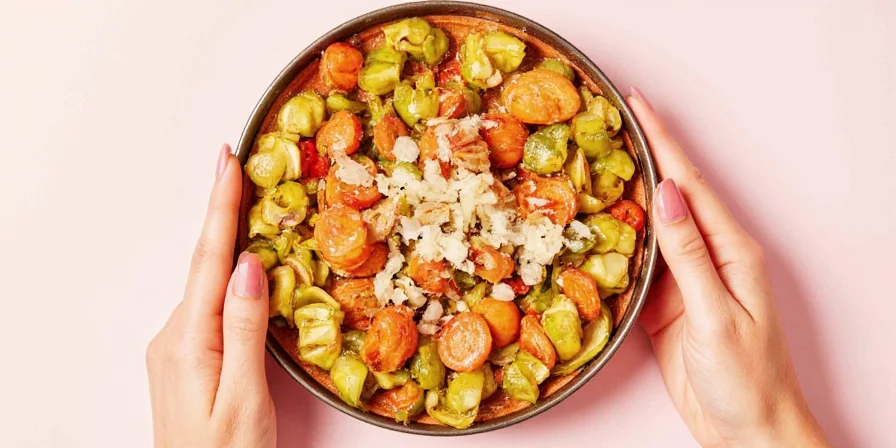
Professional taste tests consistently rate fermented spice blends higher for flavor balance and complexity. The magic happens because bacteria pre-digest certain compounds, making flavors immediately perceptible while creating layered taste experiences impossible with conventional methods.
7 Foolproof Tips for Successful Spice Fermentation at Home
- Use proper salt ratio - 3.5% salt by weight (35g per liter of water) prevents mold while allowing flavor development
- Keep everything submerged - Use fermentation weights or a small ziplock bag filled with brine to prevent surface mold
- Start with room temperature - 65-75°F (18-24°C) gives best results for most spice ferments
- Wait for bubbles to slow - Active fermentation shows bubbles; when they decrease (usually 7-14 days), move to fridge
- Use non-chlorinated water - Chlorine kills good bacteria; use filtered or boiled-and-cooled tap water
- Add garlic or ginger - Natural antimicrobials that support healthy fermentation
- Trust your nose - Should smell tangy and fresh, not rotten or putrid (discard if unpleasant odor)
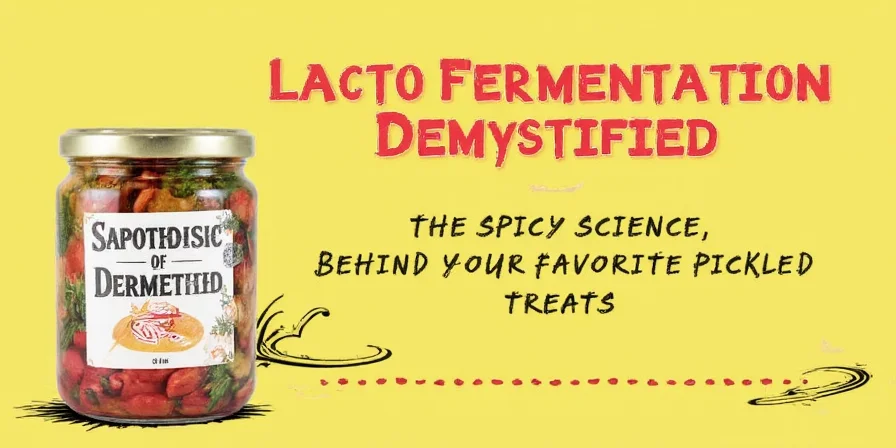
Most Common Lacto Fermentation Mistakes and Fixes
Avoid these frequent beginner errors with simple solutions:
| Problem | Why It Happens | Quick Fix |
|---|---|---|
| White film on surface | Kahm yeast (harmless but unpleasant) | Skim off film, ensure full submersion next time |
| Mold growth | Insufficient salt or exposure to air | Discard batch, use 3.5% salt and proper weights |
| No bubbles/activity | Too cold or chlorinated water | Move to warmer spot, use non-chlorinated water |
| Soft or mushy texture | Too warm during fermentation | Keep below 80°F (27°C) for crisper results |
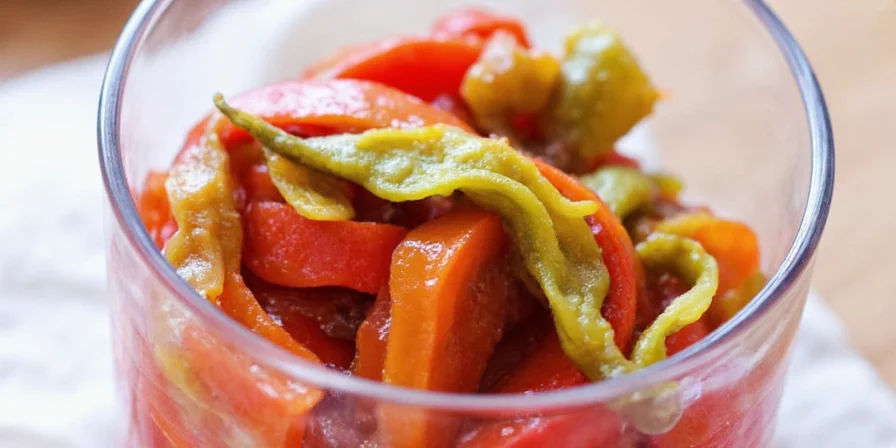
Easy Lacto Fermentation Recipes Anyone Can Make
1. Beginner's Fermented Jalapeño Hot Sauce
- 500g jalapeños (stems removed), 25g garlic, 17.5g salt, 500ml water
- Chop ingredients, mix with salt water, pack in jar leaving 2-inch headspace
- Cover with fermentation weight, ferment 10-14 days at room temperature
- Blend when bubbles slow, strain if desired, refrigerate
2. Quick Fermented Garlic Chili Oil
- 300g red chilies, 100g garlic, 12g salt, 300ml water
- Blend chilies and garlic, mix with salt water, pack in jar
- Ferment 7 days at room temperature, then blend with 200ml oil
- Heat gently to 160°F (71°C) without boiling, cool, refrigerate
3. Simple Fermented Serrano Peppers
- 500g serrano peppers, 17.5g salt, 500ml water, optional: 2 bay leaves
- Submerge whole peppers in brine, use weight to keep submerged
- Ferment 14 days at room temperature, then refrigerate
- Use after 2 weeks for milder heat, up to 6 months refrigerated
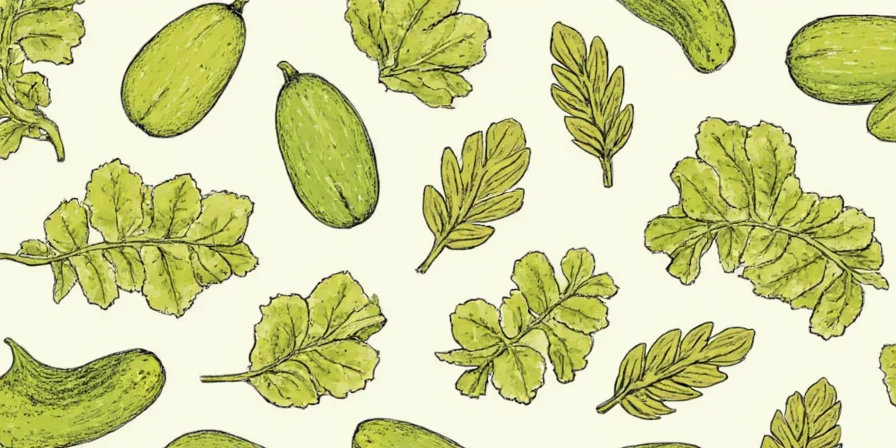
Get Started Today: Your First Fermented Spice Blend
You don't need special equipment or scientific knowledge to begin lacto fermenting spices. Start with a simple jalapeño ferment using just peppers, salt, water, and a mason jar. Within two weeks, you'll have a vibrant, probiotic-rich hot sauce that improves with time in your refrigerator.
The key is understanding that fermentation is a natural process that wants to happen - your job is simply to create the right conditions. By following the salt ratios and submersion techniques outlined here, you'll consistently produce safe, flavorful fermented spices that elevate any dish.

Frequently Asked Questions
How do I know if my fermentation is successful?
Successful fermentation shows bubbles within 24-72 hours, develops tangy aroma (like yogurt or sourdough), and maintains submerged ingredients. The liquid may cloud slightly. If you see pink mold, foul odors, or ingredients floating above the brine with visible mold, discard the batch.
Can I use table salt for fermentation?
No - iodine and anti-caking agents in table salt can inhibit fermentation. Use non-iodized salt like sea salt, kosher salt, or pickling salt with no additives. For precise results, use a kitchen scale to measure 3.5% salt by total weight of water and ingredients.
Why does my fermented hot sauce separate?
Separation is completely normal in living ferments due to natural settling. Simply shake before use. This indicates no emulsifiers were added. If you see mold on the surface, discard the entire batch as mycotoxins can spread invisibly through the liquid.
How long does fermented spice last in the refrigerator?
Properly fermented spice blends maintain quality for 6-12 months refrigerated. The lactic acid environment continues preserving while allowing subtle flavor development. Always check for off odors before use - properly fermented products smell tangy and fresh, not rotten.
Can I ferment dried spices?
No - lacto fermentation requires fresh ingredients with natural bacteria and moisture. Dried spices lack the necessary water content and microbial life. For best results, use fresh chilies, garlic, ginger, or other aromatic vegetables. You can dry fermented spices after fermentation for unique flavor combinations.











 浙公网安备
33010002000092号
浙公网安备
33010002000092号 浙B2-20120091-4
浙B2-20120091-4